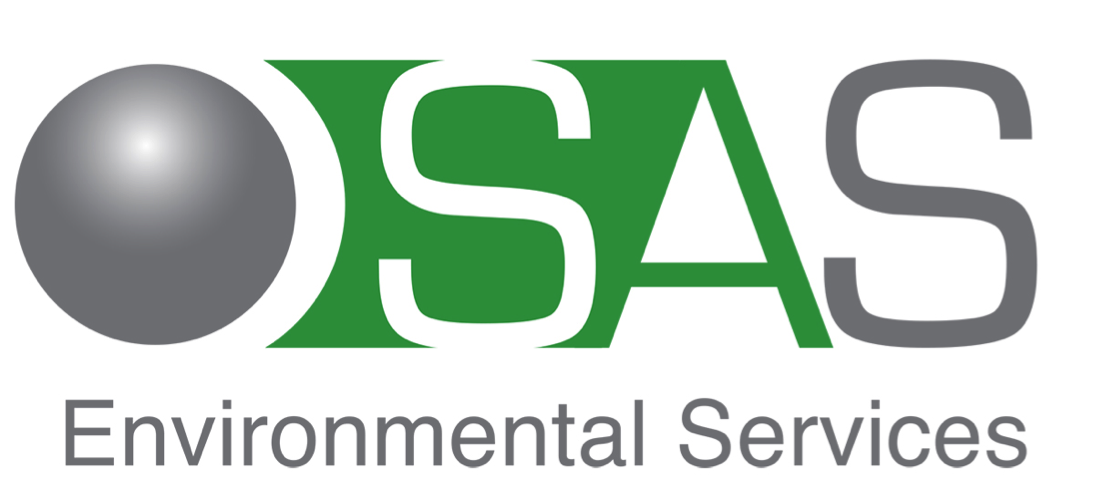SAS MIST - Waste Preparation Module
/Where the Waste Module fits into the SAS MIST Process
I’m going to walk you through our MIST process waste preparation module. The MIST process uses our unique microemulsion chemistry to take oil sludge and oil slops waste and convert it into high quality oil water and dry solids that are safe for disposal. The whole MIST process basically runs as follows.:
The waste is in the tank, a pit or a lagoon. We remove it from the pit and we put it through the waste preparation module. We add the chemistry, we mix it, then we put the waste through the separation stage where we have a decanter – centrifuge, which removes the solids, the solids go to disposal, the centrate goes into a settling pond or tank and the oil and water simply face separate, the oil floats to the top, the water sinks to the bottom - that’s the MIST process.
What is the Waste Preparation Module
One question that kept appearing in my inbox was about the waste preparation module. What is that, why is that part of the system, how do I use it, and why are the people at SAS Environmental services so excited about this waste preparation module?
Basically it is a 20 foot container size frame. This waste preparation module adds a capability to our MIST process that was originally designed to treat liquid waste and adds the capability to treat waste with a much higher solids content or solid waste. Now you might have solid waste but it still has 20% hydrocarbons in it and you can’t put that waste through a decanter centrifuge. But with these two high-speed blending tanks what we can do is take that waste put it in one of these two tanks add our chemistry to it which helps break up the waste and helps to kind of liquefy it but then we can add oil to it or even water to it to create an oil sludge and that oil sludge is then processed through a separation stage leaving you with dry solids with virtually no oil on it no hydrocarbons on it and oil and water that you can recycle.




One solution, not three
So now, a typical waste pit is all over the place with regards to the nature of the waste. One part you may see liquid which is no doubt a lot of rain water that has come in and there’s probably some light hydrocarbons. There’s another part of the pit which is kind of black sludgy, which no doubt has oil and water in it but it’s pretty much solid already. Certainly the top layer and then closer to the front is much all the waste but it will still have 5% to 15% hydrocarbons on it.
Now you don’t really want to have three different systems to treat three different types of oil waste. We have one chemistry that will do it all but by adding this waste preparation module we can take this solid waste add oil to it or even water to it mix it in our waste preparation module and we can then still treat it through the decanter centrifuge we have at the separation stage giving you much drier solids free of hydrocarbons and the oil and water recovered. So this one module that we have, you can treat waste on one side, you can mix it, you can add a chemistry to it, you can add oil to it, you could add diesel to it, you could add another solvent to it, you can add water to it, you mix it, you get it ready, you get the solids content down to 15 to 20 % at most, and then while you do that the other tank where you have waste that’s already been prepped, that tank empties out into the decanter. That waste is being processed and once that tank has been processed you switch back to the other tank and so you have a continuous batch process and it allows your decanter to take on in your system, to take on a whole range of oil waste materials that it would normally not be able to treat and process.
So that’s why we think this is a brilliant system and why we think you should be excited about it too.
Find out more about the Waste Preparation Module from Mark Zwinderman in our Case Study Video.







